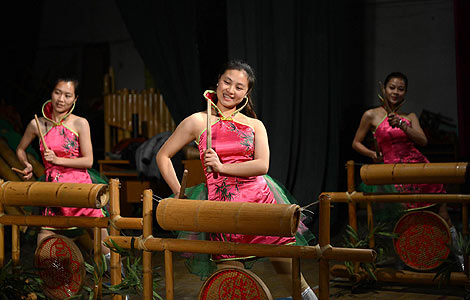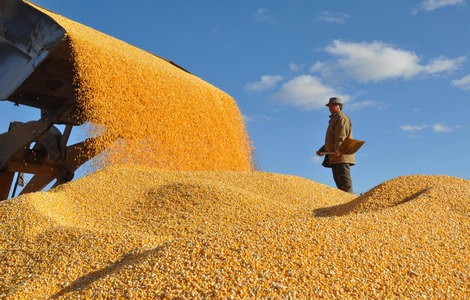
The United Nations Food and Agriculture Organization listed two areas where tea and grains are produced in traditional ways as heritage sites on Sept 5.
The Puer traditional tea agro-ecosystem in Yunnan province and the Aohan dryland farming system in the Inner Mongolia autonomous region were named pilot sites of the Globally Important Agricultural Heritage Systems program.
The program was initiated in 2002 to protect age-old farming processes worldwide, which are at risk of disappearing in the face of rural migration and rapid urbanization.
In the past 1,800 years, Puer tea-producing areas in the southwest border area of China were gradually formed with a unique ecological system of tea leafs, tea forests, and villages.
Aohan county, in the southeast area of Chifeng city, Inner Mongolia, is the earliest site for artificial grain and millet cultivation known in the world.
Local traditional farming techniques using cows and human labor has been inherited for thousands of years, with little or no chemical fertilizers used.
"For China, to discover traditional agriculture essential techniques will help the country to resolve many challenges, such as climate change, as well as food safety and sustainable development issues," Qu Sixi, an official of the international cooperation office in the Ministry of Agriculture, said at an awards ceremony on Wednesday in Beijing.
So far, China has six pilot sites under the UN program. Other countries, such as Peru, Chile, and the Philippines, also saw their sites included in the program, according to the FAO.







